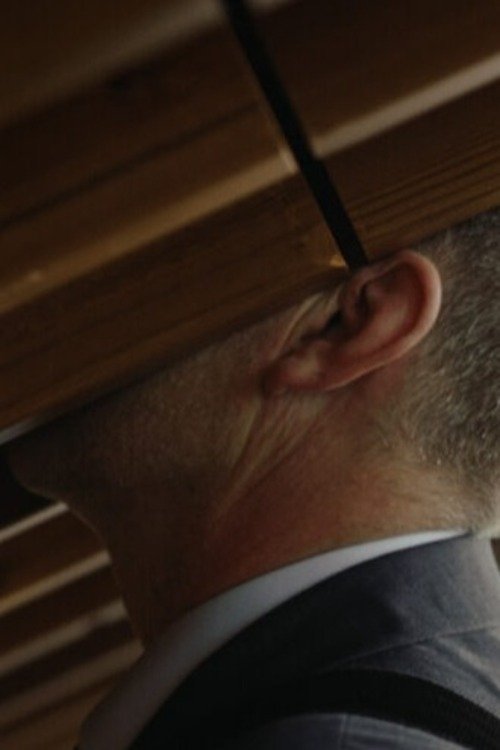Dance+City
This series of nine short films blends contemporary dance with architecture across Lithuania, Latvia, Estonia, France, and Ukraine. Each film uniquely explores how the structures around us interact with the fluidity of the human body, encouraging viewers to rediscover the architecture of different eras and regions.

YES!
The winding paths and unexpected turns of the Tallinn Cruise Terminal mirrored the complexities of our achievement-driven society. Should we strive for perfection, confining ourselves to a narrow path, or embrace the risk of failure and venture into the unknown?
Circus of Love and Lament
More than anything, I want to rise into the air with you and share an arena – this could describe the choreography of Latvian dancers Artūrs Nīgalis and Mārīte Supe, where nearly two lifetimes are danced out. In the Riga Circus building, opened in 1888 and now reconstructed, endless longing, tears, emotionally charged equilibristics, truth, and duality revolve. Have our relationships also reached a circus-like amplitude? Estonian director Pulk seems to have found the answer to that.

Drama King
This is his chance to shine! A janitor spins pirouettes and dances out his soul, to glance back at the three masked figures above the doors of the Lithuanian National Drama Theatre at the end of his shift. Meanwhile, a coworker, watching his star turn in his TV box, silently cheers for the performance unfolding in the theatre corridors.
H61
In a coastal climate, surrounded by pine trees, a creature strives to return to its origins. A private house in Jūrmala is an Eden set in horror, where shadows and lights create a visual poem reminiscent of a bedtime fairy tale by Hoffmann – under direction by Pakalne, it offers hope while carrying a warning.
Sea Fragment
The choice of this site was guided more by its location and function than by the architecture of the pool and its surroundings. The building is designed to be naturally and regularly flooded by the Atlantic Ocean tides. The film incorporates natural elements like tides, wind, rain, and light. I aim to depict a harmony between the body, the site's architecture, and the powerful nature of the location. The goal is to reveal a fragile balance between humans and nature on this ever-changing coastline. The creative process was intuitive and improvised, influenced by the moment and contributions from the dancer, director, tides, and weather.
Gravitas
When I first entered the Kyiv Polytechnic Institute Library's interior, I felt as if I were floating in the middle of the eight-floor atrium, gliding from one level to another. However, the reality of gravity made me climb the stairs and explore all the compositional variations in the architects' spatial design. Together with dancers Yaroslav Kaynar and Anastasia Kharchenko, we came up with a game: to imagine that we had suddenly found ourselves on an unknown planet. An environment of which we know nothing - what is soft and what is hard, what we can lean on and what can harm us. A space where familiar objects - like stairs and tables - have unknown uses that we still need to discover. This was our departure point for all choreographic improvisations, as we experimented with our own gravitas and moved towards a certain still point.
We Will be After Us
Les Étoiles d'Ivry, conceived by architects Jean Renaudie and Renée Gailhoustet, presents an ideal setting for a dance film depicting the evolving relationship between two individuals through the expressive language of movement. The complex's avant-garde architecture, characterised by interconnected walkways and innovative spatial design, serves both as a backdrop and a contributor, providing dynamic spaces for the performers to interact with. Against this urban canvas, the protagonists' movements seamlessly intertwine with the geometric forms and communal areas, reflecting the complexities of human connection amidst modernist structures.